If you have a philodendron and its leaves are curling, it’s not necessarily a cause for alarm. There are a few possible reasons why this may be happening, and luckily, there are also a few easy solutions. Keep reading to learn more about why your philodendron’s leaves are curling and how you can fix it.
Too much Dry Soil
Dry soil is the most common cause of leaf curling in philodendrons. If your philodendron’s leaves are curling, it could be a sign that the plant is not getting enough water.
When the soil around your philodendron is too dry, the leaves will start to curl in an effort to conserve water. Be sure to check the soil before watering, as overwatering can also be harmful to your plant. If you see this happening, it’s important to water your plant more frequently.
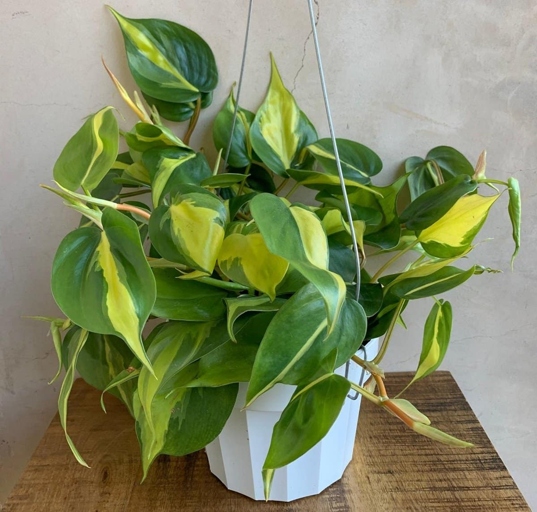
If not, it may be time to consider repotting your plant in fresh, moist soil. If you suspect that dry soil is the cause of your philodendron’s leaf curling, try increasing the frequency of watering and see if the leaves start to uncurl.
Signs of Underwatering Philodendron
The leaves will curl up and become dry and brittle. If you notice your philodendron’s leaves curling, it’s a sign that the plant is not getting enough water. The plant may also start to droop. Be sure to water the plant thoroughly, until water runs out of the drainage holes at the bottom of the pot. If you see these signs, water your philodendron immediately.
How to Fix
If your Philodendron’s leaves are curling, it’s a sign that something is wrong. Here are a few possible causes and how to fix them.
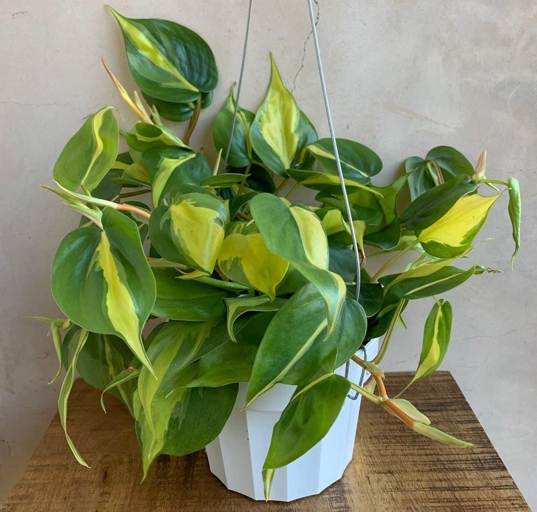
Too much sun: If your Philodendron is getting too much direct sunlight, the leaves will curl to protect themselves. Move the plant to a spot that gets indirect light and the leaves should uncurl.
Too much water: If you’re watering your Philodendron too often, the leaves will curl. Let the soil dry out between waterings and the leaves should uncurl.
Not enough humidity: Philodendrons like humid conditions. If the air is too dry, the leaves will curl. Try misting the leaves or setting the plant on a pebble tray.
Overfeeding Philodendron With Fertilizer
When it comes to feeding philodendron, less is more. If you’re seeing philodendron leaves curling, it’s likely due to overfeeding with fertilizer. Use a light hand when applying fertilizer, and be sure to follow the manufacturer’s instructions. If you’re unsure how much to use, err on the side of using less rather than more.
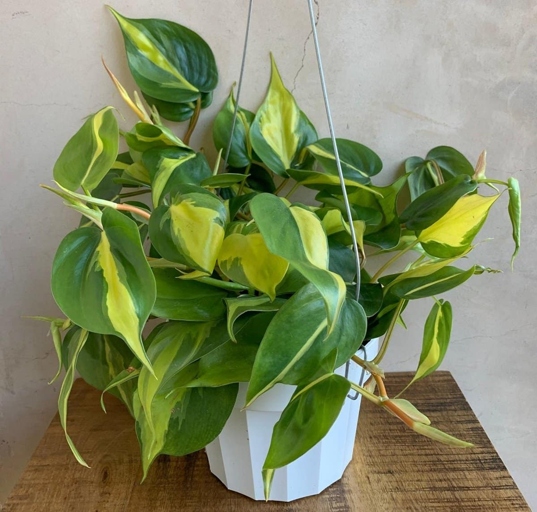
A light hand is all that’s needed when it comes to feeding philodendron. too much fertilizer can cause philodendron leaves to curl. If you see leaves curling, it’s a sign that you’re overfeeding your plant. Cut back on fertilizer, and be sure to follow the manufacturer’s instructions.
Signs of Overfeeding
If you think you may be overfeeding your philodendron, here are a few signs to look out for:
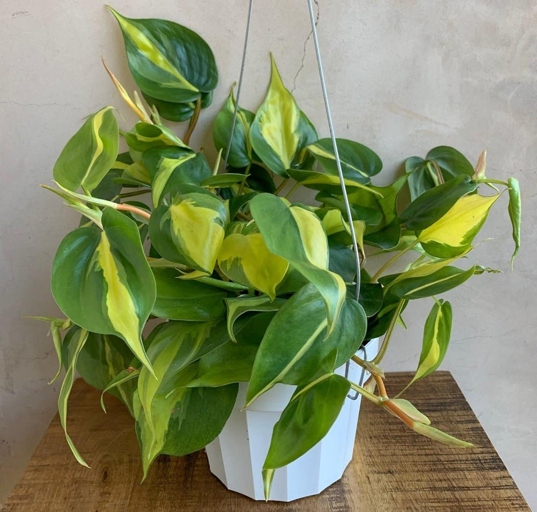
1. Excessively large leaves.
Leaves that are much darker green than normal. 2.
3. Leaves that are starting to curl or droop.
If you see any of these signs, it’s best to cut back on the amount of fertilizer you’re giving your plant. Overfeeding can lead to serious problems like leaf drop, stunted growth, and even death.
It’s much easier to add more fertilizer than it is to remove it once it’s been applied. If you’re not sure how much fertilizer to give your philodendron, it’s always best to err on the side of caution and give it a little less than you think it needs.
How to Fix
Here’s how to fix it: If your philodendron’s leaves are curling, it’s likely due to one of these four reasons: too much sun, too little water, too much fertilizer, or pests.
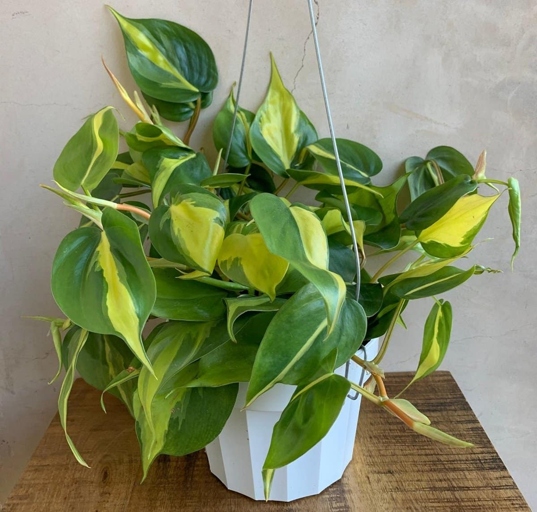
If it’s not getting enough water, water it more frequently. If you think you’re giving it too much fertilizer, cut back on the amount you’re using. If your philodendron is getting too much sun, move it to a shadier spot. And if you suspect pests are the problem, treat the plant with an insecticide.
Temperature Stress
Philodendron leaves curling is a common problem that can be caused by a number of different factors, including temperature stress. Temperature stress occurs when the plant is exposed to temperatures that are too hot or too cold for it to tolerate. This can cause the leaves to curl up and become distorted.
Second, check the soil to make sure that it is not too dry or too wet. If it is not, try moving it to a location where it will receive more light. If it is too dry, try watering it more frequently. There are a few things that you can do to try to fix this problem. If it is, try to move it to a more moderate environment. Third, make sure that the plant is getting enough light. If it is too wet, try letting the soil dry out a bit before watering it again. First, make sure that the plant is not being exposed to any extreme temperatures.
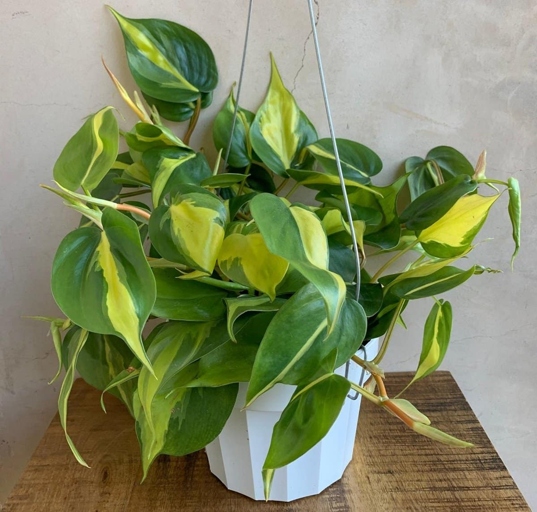
If you have tried all of these things and the problem persists, it is possible that the plant is suffering from a more serious issue and will need to be replaced.
Sings of Temperature Stress
The leaves may curl up as a way to protect themselves from the extreme temperatures. One possibility is that the plant is experiencing temperature stress. When it comes to Philodendron leaves curling, there are a few things that can be going on. This can happen if the plant is exposed to too much heat or cold. If you think this may be the case, try moving your plant to a location that has more moderate temperatures.
If you think this may be the case, try giving your plant more water. The leaves may curl up as a way to conserve moisture. Make sure the soil is moist but not soggy. Another possibility is that the plant is not getting enough water.
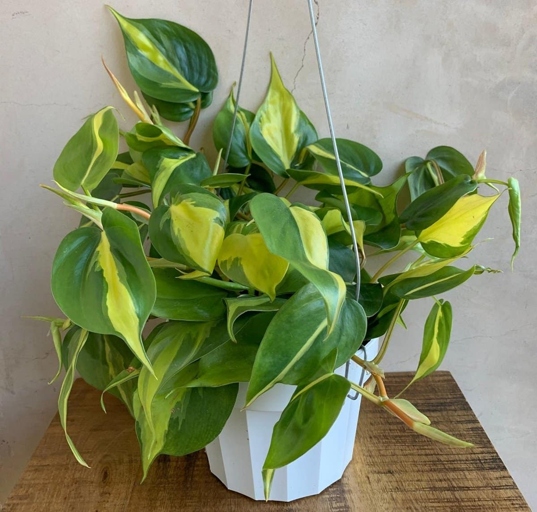
If you can’t figure out what’s causing the leaves to curl, it’s best to consult with a professional. They will be able to diagnose the problem and recommend a solution.
How to Fix
If your Philodendron’s leaves are curling, it’s likely due to one of these four reasons: too much sun, too little water, too much fertilizer, or pests. Here’s how to fix it:
If it’s getting too little water, water it more frequently. If you’re using too much fertilizer, cut back on the amount you’re using. If your plant is getting too much sun, move it to a shadier spot. And if pests are the problem, treat your plant with an insecticide.
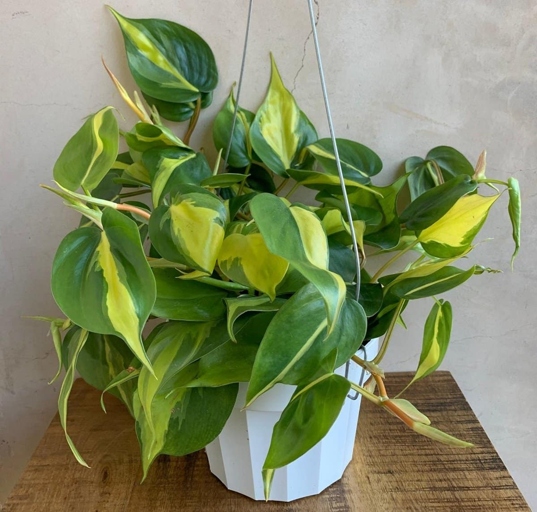
With a little troubleshooting, you should be able to get your Philodendron back to its healthy self in no time!
Root Rot Due to Overwatering
If the soil is still wet after a few days, you may need to repot the plant into dryer soil. With a little care, you can get your plant back to health in no time. If you see the leaves of your philodendron curling, it is likely due to one of these problems. The first step to fixing this problem is to allow the soil to dry out completely between waterings. Root rot is one of the most common problems with philodendrons, and it is often caused by overwatering. Once the plant is in dryer soil, be sure to water it only when the soil is dry to the touch.
Sings of Overwatered Philodendron
Overwatered philodendrons will have leaves that are limp and droopy, and the stems may be weak and spindly. If you think your philodendron is overwatered, stop watering it and let the soil dry out. If your philodendron’s leaves are curling, it’s a sign that the plant is getting too much water. The soil will be soggy and wet, and there may be brown or yellow patches on the leaves. Once the soil is dry, resume watering your plant, but be sure to water it less often.
How to Fix
If your philodendron’s leaves are curling, it’s likely due to one of these four reasons: too much sun, too little water, too much fertilizer, or pests. Fortunately, all of these problems are relatively easy to fix.

If it’s not getting enough water, water it more frequently. And if you think pests are the problem, treat the plant with an insecticide. If your philodendron is getting too much sun, move it to a shadier spot. If you think you’re over-fertilizing, flush the soil with water to remove excess fertilizer.
With a little troubleshooting, you should be able to get your philodendron’s leaves back to normal in no time.
Water Quality
The most common cause of water quality problems is tap water that contains high levels of chlorine or other chemicals. These chemicals can damage the delicate leaves of your plant, causing them to curl. If you notice your philodendron’s leaves curling, it could be a sign of poor water quality.
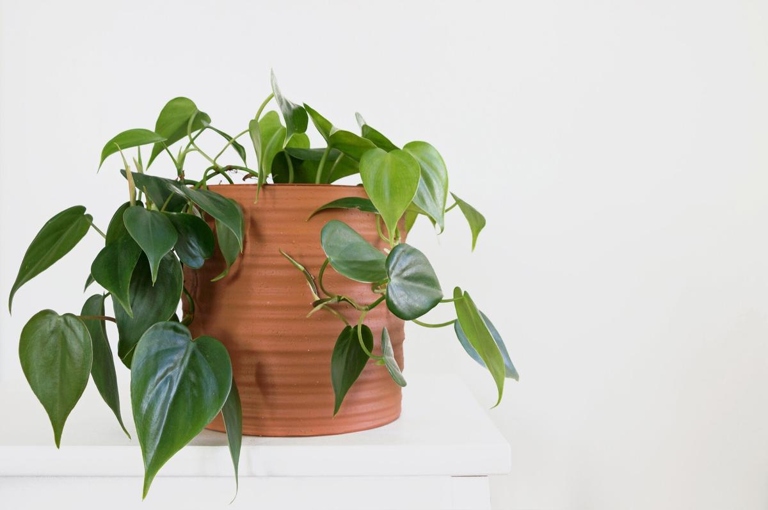
You can also let tap water sit for 24 hours before using it, which will allow the chemicals to evaporate. If you suspect that your water quality is the problem, be sure to test it with a water quality test kit. To fix this problem, you’ll need to filter your tap water or use distilled water for your plants.
Effects of Tap Water
If you think your plant is not getting enough water, try increasing the frequency of watering or the amount of water you are giving it. If your philodendron’s leaves are curling, it could be a sign that the plant is not getting enough water. Over- watering can also cause curling leaves, so be sure to check the soil before watering to make sure it is dry. Tap water can contain chemicals that can be harmful to plants, so it’s important to use filtered or distilled water if possible.
How to Fix
Here’s how to fix it: If your philodendron’s leaves are curling, it’s likely due to one of these three reasons: too much sun, too little water, or too much fertilizer.

If too much sun is the problem, move your plant to a shadier spot. If it’s getting too much water, let the soil dry out between waterings. And if it’s getting too much fertilizer, flush the soil with water to remove the excess.
With a little troubleshooting, you should be able to get your philodendron’s leaves back to normal in no time!
Too Much Or Too Little Light Exposure
If your Philodendron’s leaves are curling, it could be a sign that it’s not getting enough light. Philodendrons prefer bright, indirect light, so if yours is in a low-light spot, it may be time to move it.
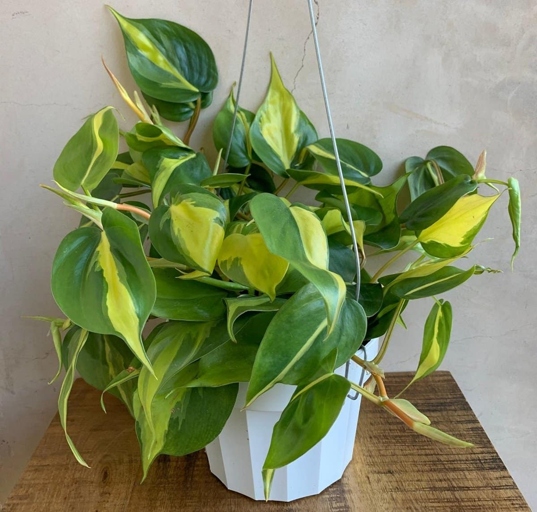
Too much light can also cause Philodendron leaves to curl. If your plant is in a sunny spot, try moving it to a spot with filtered light.
If the leaves are pale or yellow, that’s a sign that they need more light. If they’re a deep green, that’s a good sign that they’re getting enough light. If you’re not sure whether your Philodendron is getting too much or too little light, take a look at the leaves.
How to Fix
If your Philodendron’s leaves are curling, it’s likely due to one of these three common problems: too much sun, too little water, or pests.
Too Much Sun
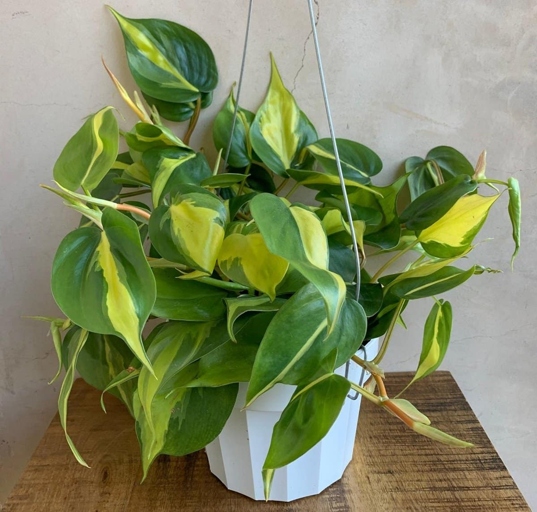
If your Philodendron is getting too much sun, the leaves will curl to try to protect themselves from the harsh rays. Move your plant to a spot that gets less sun, and make sure to keep an eye on it to see if the leaves uncurl.
Too Little Water
If your Philodendron isn’t getting enough water, the leaves will curl in an attempt to conserve moisture. Make sure to water your plant regularly, and if the leaves are still curling, try giving it a little extra water.
Pests
Inspect your plant carefully for any pests, and if you find any, treat them accordingly. If your Philodendron has pests, the leaves will curl in an attempt to ward them off.
Fungal Diseases
Fungal diseases are one of the most common problems that can affect philodendrons. If a plant does get a fungal disease, it is important to remove any affected leaves and to treat the plant with a fungicide. Fungal diseases are often caused by too much moisture, either from too much watering or from humid conditions. To prevent these diseases, it is important to water philodendrons only when the soil is dry and to provide good air circulation around the plant. These diseases can cause the leaves to curl, turn yellow, and eventually drop off.
Signs of Diseases on Leaves
However, even the hardiest of plants can experience problems from time to time. These plants are known for their easy care and ability to thrive in a variety of conditions. One common issue that philodendrons can experience is leaves that curl up or become distorted. When it comes to houseplants, one of the most popular choices is the philodendron.
There are a number of reasons why this may happen, including disease, pests, or environmental stressors. If you notice that your philodendron’s leaves are curling, it’s important to take a closer look to try to determine the cause. Here are some of the most common reasons for philodendron leaves to curl, as well as what you can do to fix the problem.
The best way to treat this disease is to remove affected leaves and destroy them. You can also treat the plant with a fungicide to help prevent the disease from spreading. One of the most common reasons for philodendron leaves to curl is a fungal disease called botrytis. This disease is characterized by brown or gray spots on the leaves, as well as leaf distortion. If you suspect that your plant has botrytis, it’s important to take action immediately.
If you see pests on your plant, it’s important to take action immediately. You can also try to remove the pests by hand, but be sure to wear gloves to protect your hands. These pests can cause damage to the leaves, which can lead to curling. Pests can also cause philodendron leaves to curl. The best way to get rid of pests is to treat the plant with an insecticide. Common culprits include aphids, mealybugs, and scale.
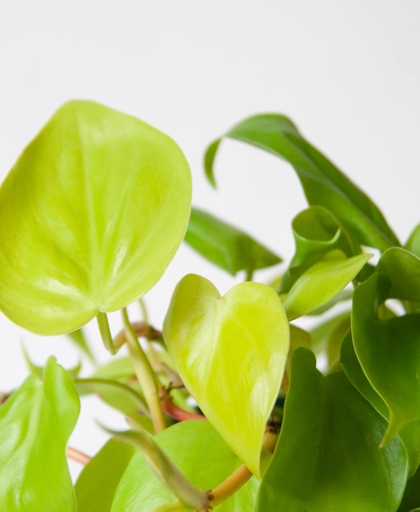
If you think that environmental stressors are to blame for the leaf curling, it’s important to make changes to the plant’s care routine. For example, if the plant is getting too much water, you’ll need to reduce the frequency of watering. Finally, environmental stressors can also cause philodendron leaves to curl. These stressors can include too much or too little water, too much or too little light, or extreme temperatures. If the plant is not getting enough light, you’ll need to move it to a brighter location. Once you’ve made the necessary changes, you should see the leaves start to uncurl.
How to Fix
Each of these can be easily fixed with a little attention to your plant. If your philodendron’s leaves are curling, it’s likely due to one of three reasons: too much sun, too little water, or too much fertilizer.
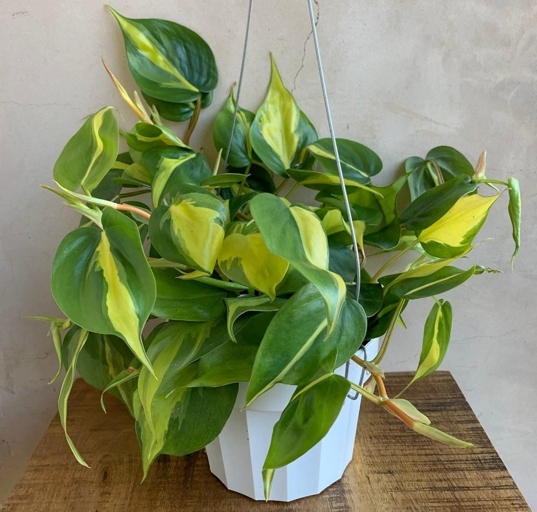
If it’s getting too little water, water it more frequently. And if you think you’re fertilizing it too much, cut back on the amount of fertilizer you’re using. If your philodendron is getting too much sun, move it to a spot that gets less direct sunlight.
With a little TLC, your philodendron will be back to its healthy self in no time!
Insect Infestation Cause Leaves Curling
These pests can cause leaves to curl by sucking the sap out of the plant, which can weaken and damage it. To get rid of insects, start by spraying the plant with water to dislodge them. Be sure to keep an eye on your plant and treat it early if you notice any signs of insect activity. If you notice your philodendron’s leaves curling, it could be a sign of an insect infestation. Then, apply an insecticide according to the label instructions.
Signs of Pest Damage on Philodendron leaves
If you see these signs of pest damage on your philodendron leaves, you should take action to remove the pests and treat the leaves. This can be caused by a number of different pests, including aphids, mealybugs, and whiteflies. Leaf curl is a condition where the leaves of your plant start to curl up and turn yellow or brown. These pests can cause a variety of problems for your plants, including leaf curl. Pests are one of the most common problems that philodendron growers face.
Aphids are small, wingless insects that feed on the sap of plants. One of the most common pests that cause leaf curl is aphids. Aphids can cause leaf curl by sucking the sap out of the leaves, which causes them to wilt and curl up. They can be found on the undersides of leaves, and they often congregate in large numbers.
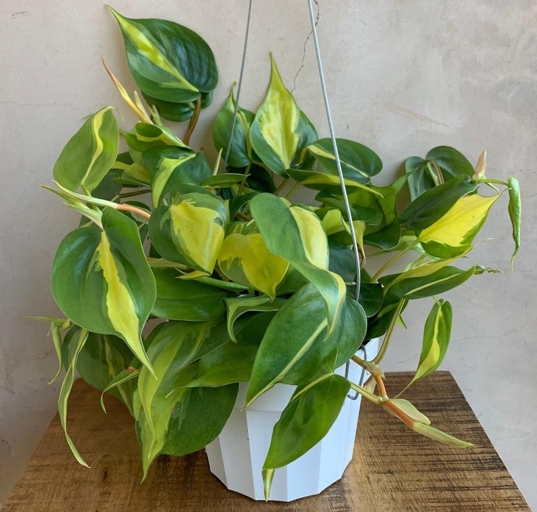
They can be found on the stems and leaves of plants, and they often leave behind a sticky residue. Mealybugs are another type of pest that can cause leaf curl. Mealybugs are small, white insects that feed on the sap of plants. Mealybugs can cause leaf curl by sucking the sap out of the leaves, which causes them to wilt and curl up.
Whiteflies can cause leaf curl by sucking the sap out of the leaves, which causes them to wilt and curl up. They can be found on the undersides of leaves, and they often congregate in large numbers. Whiteflies are small, white insects that feed on the sap of plants. Whiteflies are another type of pest that can cause leaf curl.
How to Fix
Each of these problems can be easily fixed with a little attention to your plant. If your philodendron’s leaves are curling, it’s likely due to one of four reasons: too much sun, too little water, too much fertilizer, or pests.
Too Much Sun
Move your plant to a spot that gets less sun, and the leaves should uncurl within a few days. If your philodendron is getting too much sun, the leaves will curl up to protect the plant from the harsh rays.
Too Little Water
Water your plant thoroughly, and be sure to keep the soil moist but not soggy. The leaves should uncurl within a few days. If your philodendron isn’t getting enough water, the leaves will curl up to prevent the plant from losing too much moisture.
Too Much Fertilizer
If you’ve been fertilizing your philodendron too often, the leaves may curl up as a way to prevent the plant from taking in too much fertilizer. The leaves should uncurl within a few days. Cut back on fertilizing, and flush the soil with water to remove any excess fertilizer.
Pests
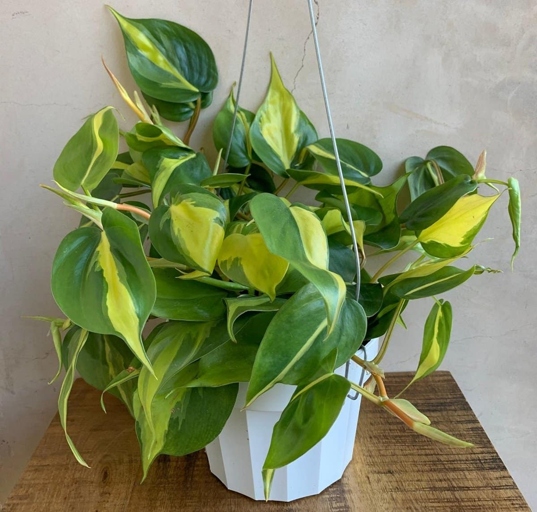
You may also need to treat the plant for damage caused by the pests. Start by inspecting the plant for signs of pests, such as aphids, mealybugs, or spider mites. The leaves should uncurl within a few days. If pests are the cause of your philodendron’s leaves curling, you’ll need to take action to get rid of the pests and treat the plant for any damage. If you see any pests, remove them by hand or with a pesticide.
Lack of Nutrition
If you notice your philodendron leaves curling, it could be a sign that the plant is not getting enough nutrition.
There are a few things that could be causing this lack of nutrition, including:
If they’re not getting enough light, their leaves will start to curl. -Not enough light: Philodendrons need bright, indirect light to thrive.
If the soil is too dry, the leaves will start to curl. -Not enough water: Philodendrons like to be kept moist, but not soggy.
If the soil is poor quality, it can lead to nutrient deficiencies and cause the leaves to curl. -Poor soil: Philodendrons need rich, well-draining soil.
If you suspect your philodendron is not getting enough nutrition, there are a few things you can do to help.
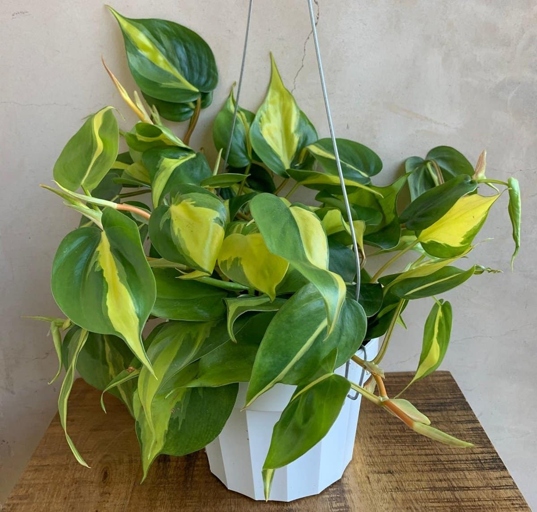
-First, make sure it’s getting enough light. If it’s not, move it to a brighter spot.
-Second, water it regularly and make sure the soil is moist but not soggy.
This will help to replenish any nutrients that may be lacking. -Third, fertilize it with a good quality fertilizer.
By following these tips, you should be able to get your philodendron back on track and prevent its leaves from curling.
How to Fix
If your Philodendron’s leaves are curling, it’s likely due to one of these four reasons: too much sun, too little water, too much fertilizer, or pests. Luckily, all of these problems are relatively easy to fix.
You may also need to adjust your fertilizer schedule; too much fertilizer can cause leaf curling, as can too little. If it’s not getting enough water, water it more frequently. If your Philodendron is getting too much sun, move it to a shadier spot.
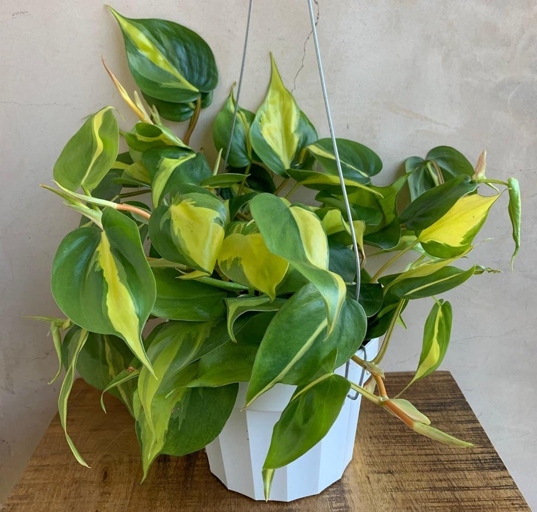
If you see any pests, treat them with an appropriate insecticide. Finally, check for pests. Aphids, mealybugs, and spider mites are all common pests that can cause leaf curling.
Philodendron Leaves Curl Due to Excessive Low Air Humidity
Philodendrons are native to tropical rainforests, so they thrive in humid environments. If your Philodendron’s leaves are curling, it’s likely due to low air humidity. If the air around your Philodendron is too dry, the leaves will start to curl in an effort to conserve moisture.
To fix this problem, you’ll need to increase the air humidity around your plant. Just make sure the tray is filled with water and that the pebbles are keeping the pot out of the water. One way to do this is to mist the leaves with water every day. You can also place the Philodendron on a pebble tray, which will help to raise the humidity around the plant.
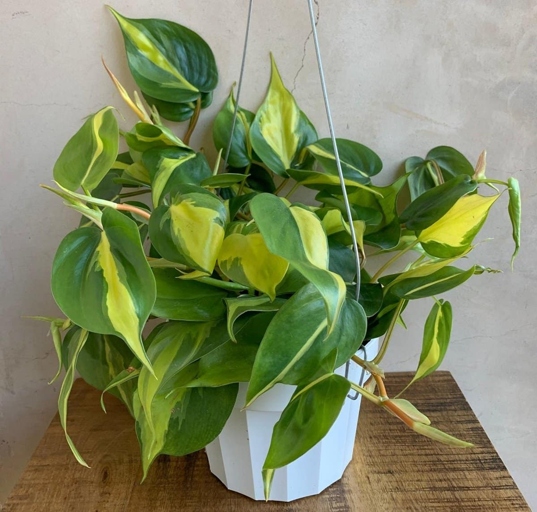
Just be sure to keep an eye on the humidity levels, as too much humidity can also be detrimental to the plant. If you live in a particularly dry climate, you may need to invest in a humidifier to keep your Philodendron happy.
Signs of Low Humidity
Other signs includeStatic electricity One of the most common signs that your home has low humidity is when the leaves of your houseplants start to curl.
Dry skin
Dry, cracked lips
Dry, itchy eyes
Dry nose
Dry, itchy throat
Dry cough
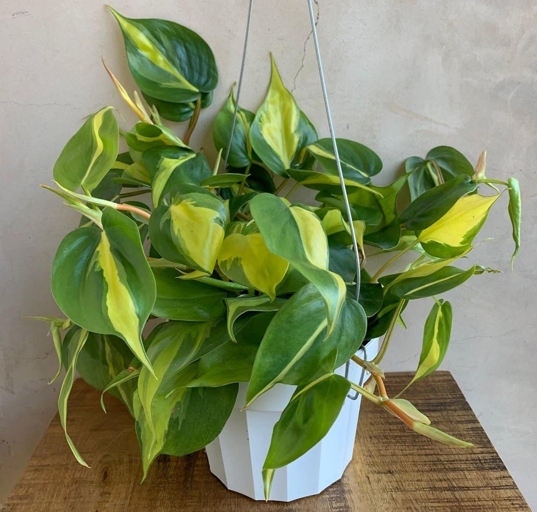
Sinus congestion
There are a few different ways to do this, such as: All of these problems can be alleviated by increasing the humidity in your home.
-Investing in a humidifier
-Placing bowls of water around your home
-Keeping your houseplants healthy
-Avoiding using the stove or dryer when possible
By doing so, you’ll be able to improve your overall comfort and health. If you start to notice any of these signs, it’s important to take action to increase the humidity in your home.
How to Fix
If your philodendron’s leaves are curling, it’s likely due to one of several reasons. Other causes can include too much sun, too much fertilizer, or pests. The most common reason is that the plant is not getting enough water.

If the leaves are still curling after you’ve increased watering, the problem may be too much sun. Move your plant to a spot that gets less direct sunlight. If you think the problem is lack of water, the solution is simple: water your plant more often.
If pests are the issue, inspect your plant carefully and remove any pests you find. If you suspect that too much fertilizer is the problem, flush the soil with water to remove any excess fertilizer.
Soil Type
You can also try growing philodendrons in pots with a drainage hole to help prevent the roots from becoming waterlogged. The best way to fix this is to add organic matter to the soil to help loosen it up. If the soil is too dense, the roots will have difficulty getting the moisture and nutrients they need, causing the leaves to curl. One of the most common reasons for philodendron leaves to curl is the type of soil they are grown in.
Another reason for philodendron leaves to curl is if the plant is not getting enough light. If you cannot provide enough natural light, you can also try using grow lights. The best way to fix this is to move the plant to a brighter location. Philodendrons prefer bright, indirect light and will start to curl their leaves if they are not getting enough light.
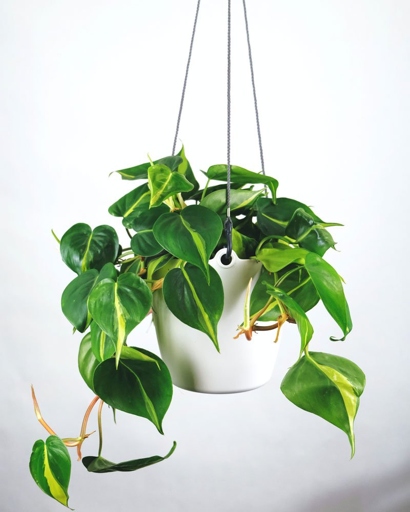
This can be caused by too much or too little water, extreme temperatures, or pests. Finally, philodendrons can also start to curl their leaves if they are stressed. This may involve changing the watering schedule, moving the plant to a different location, or treating for pests. If you think your philodendron is stressed, try to identify the cause and take steps to fix it.
How to Fix
If your philodendron’s leaves are curling, it’s likely due to one of three reasons: too much sun, too little water, or pests. Here’s how to fix it:
If it’s getting too little water, water it more frequently. If pests are the problem, treat the plant with an insecticide. If your philodendron is getting too much sun, move it to a shadier spot.
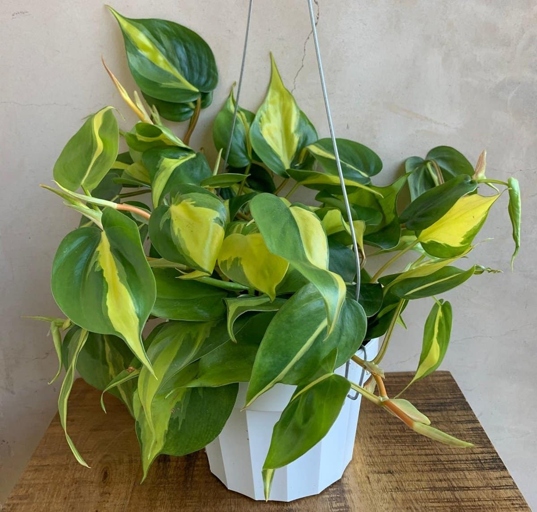
With a little troubleshooting, you can get your philodendron’s leaves back to normal in no time!
Leaf Curling Can Also Be Caused by Pot Size
This can cause the leaves to curl and the plant to wilt. The roots of the plant may be constricted, preventing the plant from taking up enough water and nutrients. If you notice your philodendron’s leaves curling, it could be a sign that the pot is too small.
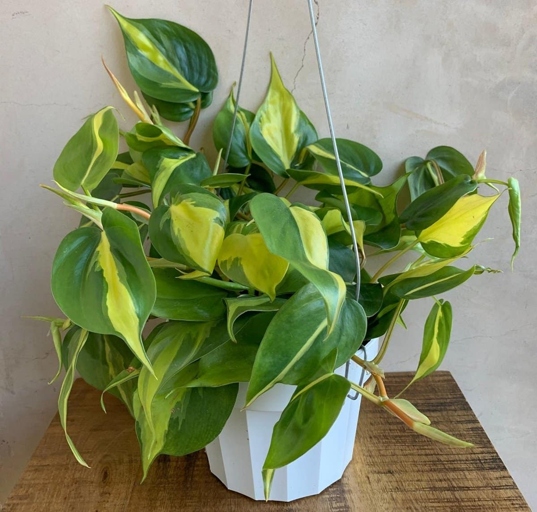
If you think your pot may be too small, try repotting your philodendron into a larger pot. Be sure to use a well-draining potting mix and water the plant thoroughly after repotting. With proper care, your philodendron should recover and its leaves should uncurl.
How to Fix
If your philodendron’s leaves are curling, it’s likely due to one of two reasons: either the plant is getting too much or too little water, or the temperature is too hot or cold.
If the soil is dry, water the plant. It should be moist but not soggy. If the soil is soggy, let the plant drain and dry out for a day or two before watering again. If you think the problem is too much or too little water, the first thing to do is check the soil.
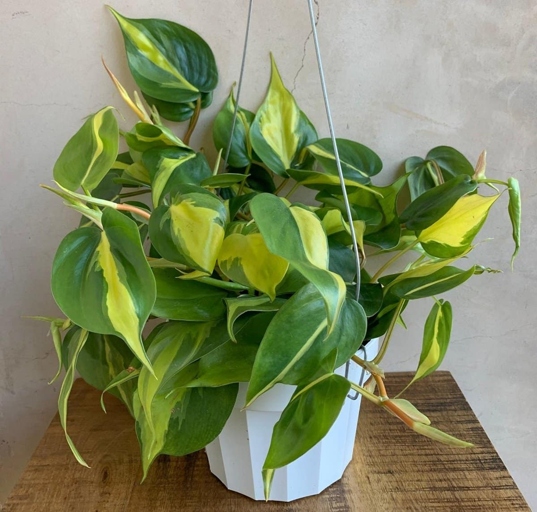
If you think the problem is temperature, try moving the plant to a spot that’s a bit warmer or cooler, depending on the direction the leaves are curling. If the leaves are still curling after a day or two, the problem is likely something else.
How to Prevent Philodendron Leaves Curling
There are several possible causes of leaf curling, including pests, disease, and environmental stressors. If you notice your philodendron leaves curling, it’s important to take action to prevent further damage.
These pests suck the sap from the leaves, causing them to curl and eventually turn brown and die. Aphids, mealybugs, and spider mites are all common pests that can infest philodendrons. If you see any pests, remove them by hand or with a pesticide. One of the most common causes of leaf curling is pests. To prevent pests from infesting your philodendron, regularly inspect the leaves for signs of pests.
If you see any signs of disease, treat the plant with a fungicide. Philodendrons are susceptible to a number of diseases, including bacterial leaf spot and powdery mildew. To prevent diseases from infecting your philodendron, water the plant at the base, not from above, and avoid getting water on the leaves. These diseases can cause the leaves to curl, turn brown, and eventually die. Another common cause of leaf curling is disease.
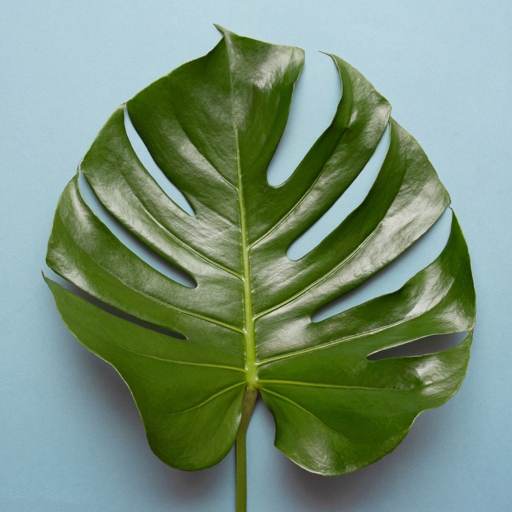
If you notice the leaves of your philodendron starting to curl, check the soil to see if it is too dry or too wet. If the leaves are still curling, you may need to move the plant to a location with more or less light, depending on the cause of the stress. Adjust your watering schedule accordingly. Environmental stressors, such as too much or too little water, can also cause the leaves of a philodendron to curl.
By taking some simple preventive measures, you can keep your philodendron healthy and free of leaf curling problems.
Why are my philodendron leaves drooping?
Philodendron leaves drooping is a common problem that can be caused by several different factors. Lastly, philodendrons are sensitive to temperature changes. If the temperature drops suddenly, or if there is a draft, the leaves may droop. Philodendrons need bright, indirect light to thrive, so if your plant is not getting enough light, its leaves will start to droop. Move it to a brighter spot and see if that helps. This can be easily fixed by letting the soil dry out completely between waterings. Move your plant to a more stable environment and see if that helps. The most common cause is overwatering, which can lead to root rot. Another common cause is insufficient light.
Why are my philodendron leaves turning brown and falling off?
If your philodendron leaves are turning brown and falling off, it is likely due to one of several reasons. First, philodendrons are native to tropical rainforests and require high humidity to thrive. If the temperature in your home is too cold or too hot, the leaves will turn brown and fall off. Second, philodendrons need bright, indirect light to grow. If the air in your home is too dry, the leaves will start to turn brown and drop off. If the plant is not getting enough light, the leaves will turn brown and fall off. Finally, philodendrons are sensitive to changes in temperature.
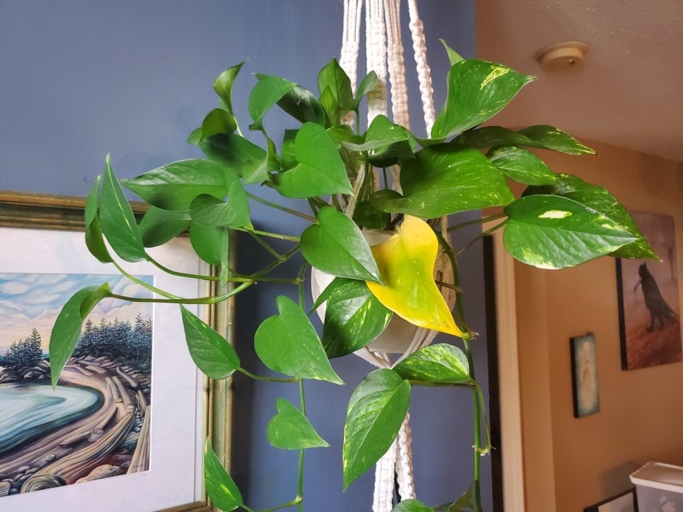
Third, try to maintain a consistent temperature in your home. If you can do these things, your philodendron should start to recover and the leaves will stop turning brown and falling off. First, try misting the leaves with water to increase the humidity around the plant. If you suspect that your philodendron’s leaves are turning brown and falling off due to one of these reasons, there are a few things you can do to fix the problem. Second, move the plant to a location where it will receive more light.
How often should you water a philodendron?
Philodendrons are one of the most popular houseplants because they are easy to care for. The answer to this question depends on a few factors, such as the type of philodendron, the size of the plant, the potting mix, and the temperature. One of the most common questions about philodendrons is how often to water them.
Allow the top inch of soil to dry out before watering. In general, philodendrons should be watered about once a week. If the potting mix is too wet, the roots will start to rot. If the potting mix is too dry, the leaves will start to curl.
These devices measure the moisture content of the soil and will help you know when to water. There are a few things you can do to help you determine when to water your philodendron. Stick your finger into the potting mix to see if it is dry. Another option is to use a moisture meter.
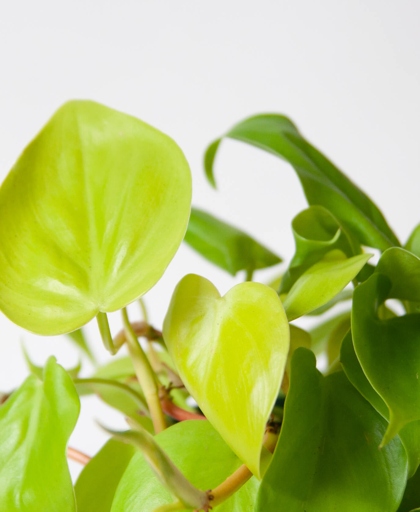
If you notice that your philodendron’s leaves are starting to curl, it is probably because the plant is not getting enough water. If the leaves are still curled, you may need to water more often. Give the plant a good soaking and then check the soil again in a few days.
Frequently Asked Questions
1. What causes philodendron leaves to curl?
There are several potential causes for philodendron leaves to curl, including:
-Too much or too little water
-Excess sunlight or heat
-Poor drainage
-Insect infestation
2. How can I tell if my philodendron is getting too much or too little water?
To determine if your philodendron is getting too much or too little water, look at the leaves. If they are wilting or yellowing, it is likely that the plant is getting too much water. If the leaves are dry or brown, it is likely that the plant is not getting enough water.
3. How can I fix my philodendron if it is getting too much or too little water?
If your philodendron is getting too much water, allow the soil to dry out between waterings. If the plant is not getting enough water, water it more frequently.
4. What are some other potential causes for philodendron leaves to curl?
In addition to too much or too little water, other potential causes for philodendron leaves to curl include:
-Excess sunlight or heat
-Poor drainage
-Insect infestation
5. How can I fix my philodendron if it is getting too much sunlight or heat?
If your philodendron is getting too much sunlight or heat, move it to a location that receives less light.
6. How can I fix my philodendron if it has poor drainage?
If your philodendron has poor drainage, repot it in a pot with drainage holes.
7. How can I fix my philodendron if it has an insect infestation?
If your philodendron has an insect infestation, treat it with an insecticide.
Final thoughts
If your philodendron’s leaves are curling, it is likely due to one of the following causes: too much sun, too little water, or too much fertilizer. The good news is that all of these problems are easily fixed. Just move your plant to a shadier spot, water it more often, or cut back on the fertilizer. With a little TLC, your philodendron will be back to its healthy self in no time.
